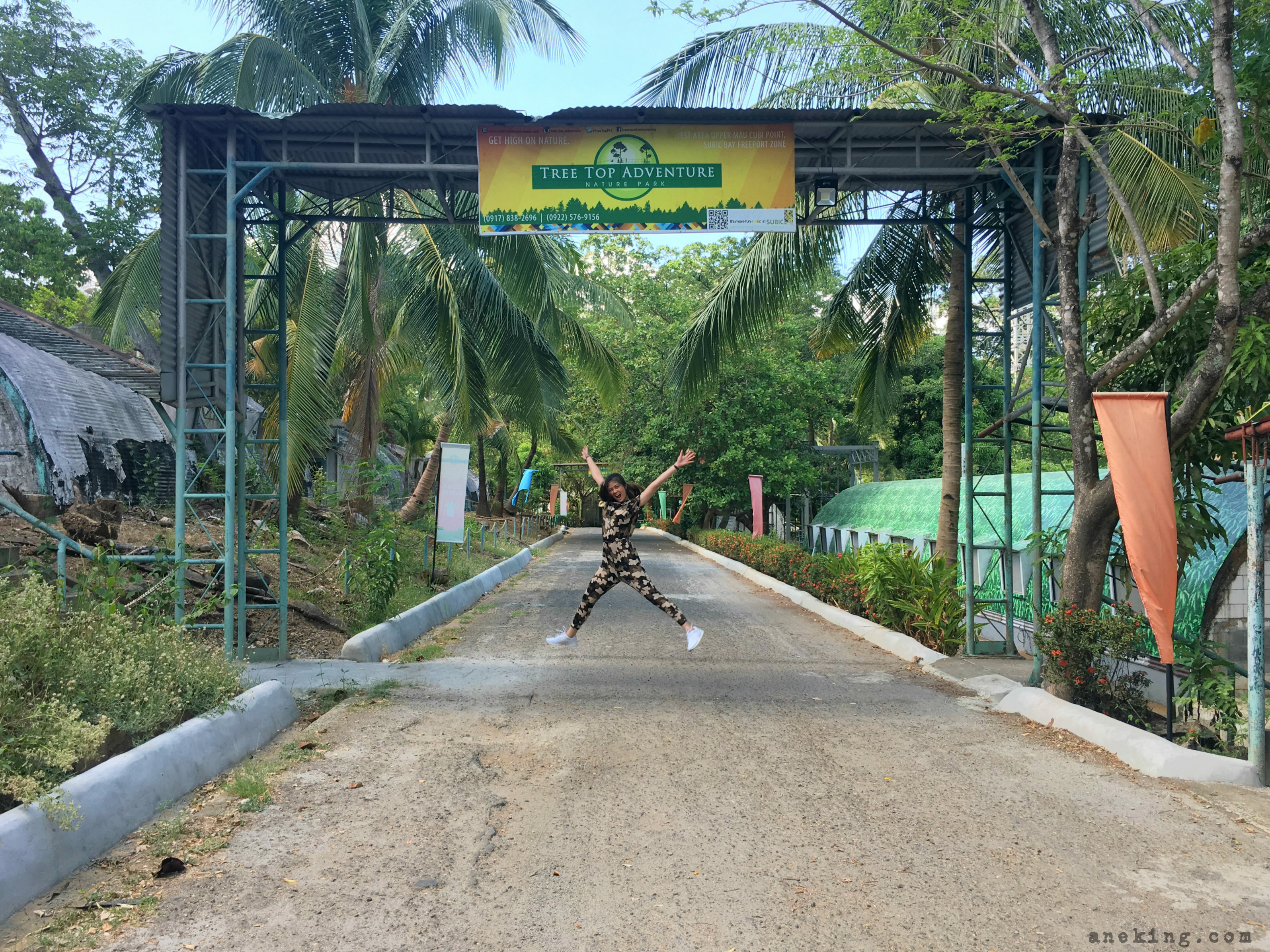Temples Of Taito City: Full Of History And Traditional Japanese Culture
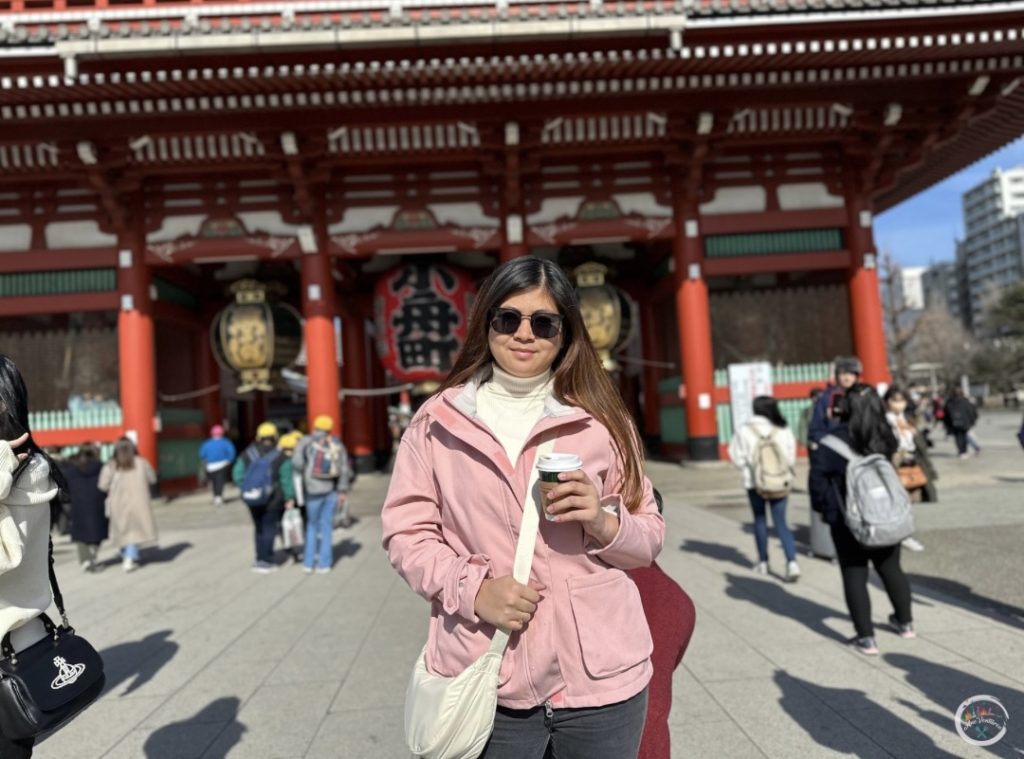
To be honest, I’m not really a fan of temples. I’m not even a faithful follower of our own religion so you can’t blame me if I don’t get easily amused to other religious sanctuaries. After all, I couldn’t relate as I’m a realist. Therefore, for this blog, I’ll just give a brief background about these Taito temples based on what I got from the internet.
From what I discovered, there are three major temples in Taito City of Japan. The Sensoji Temple, Tennoji Temple and Ueno Toshogu Shrine were part of our Taito itinerary. Although I couldn’t fully understand their beliefs, I still find their temples and shrines fascinating. The pagodas, the halls and the gates possesses well-planned and stunning designs. They are highly visited for a reason.
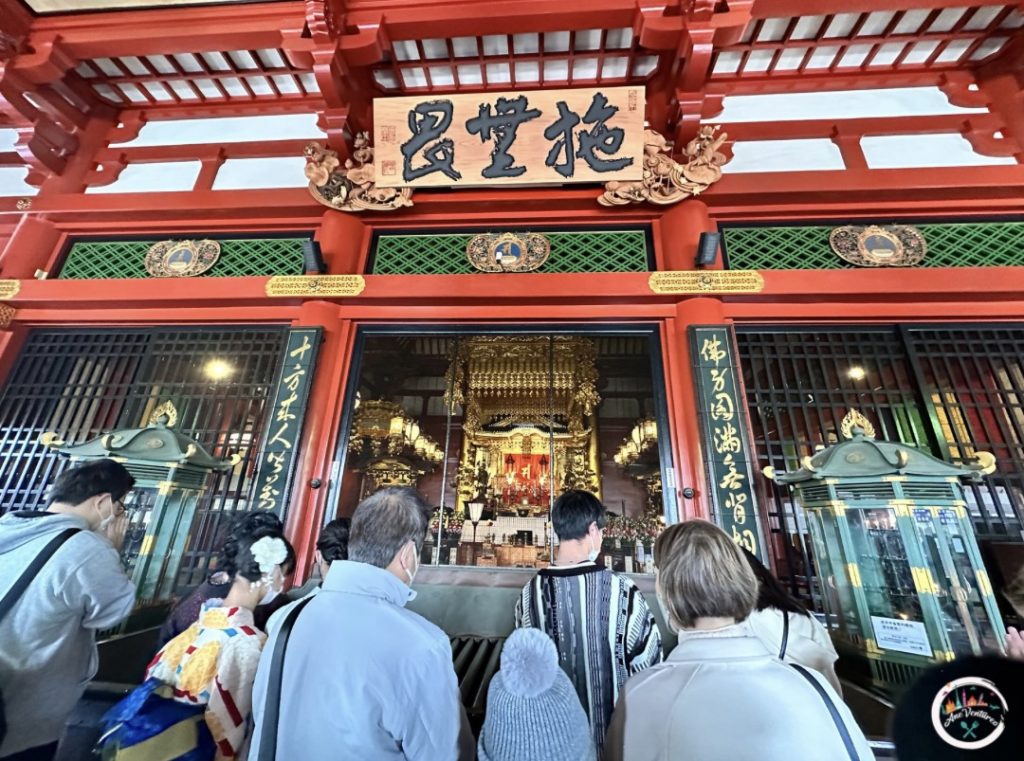
Being the oldest and one of the most visited temple in Tokyo, Sensoji Temple was dedicated to the goddess of Kannon. Legend says that two brothers fished a statue of the goddess of mercy out of Sumida River, a stream nearby. It kept coming back when returned. This Buddhist temple’s grounds are also famed for housing the Tanuki Temple, whose raccoon-dog spirits are said to protect the surrounding homes and businesses, as well as bring good luck.
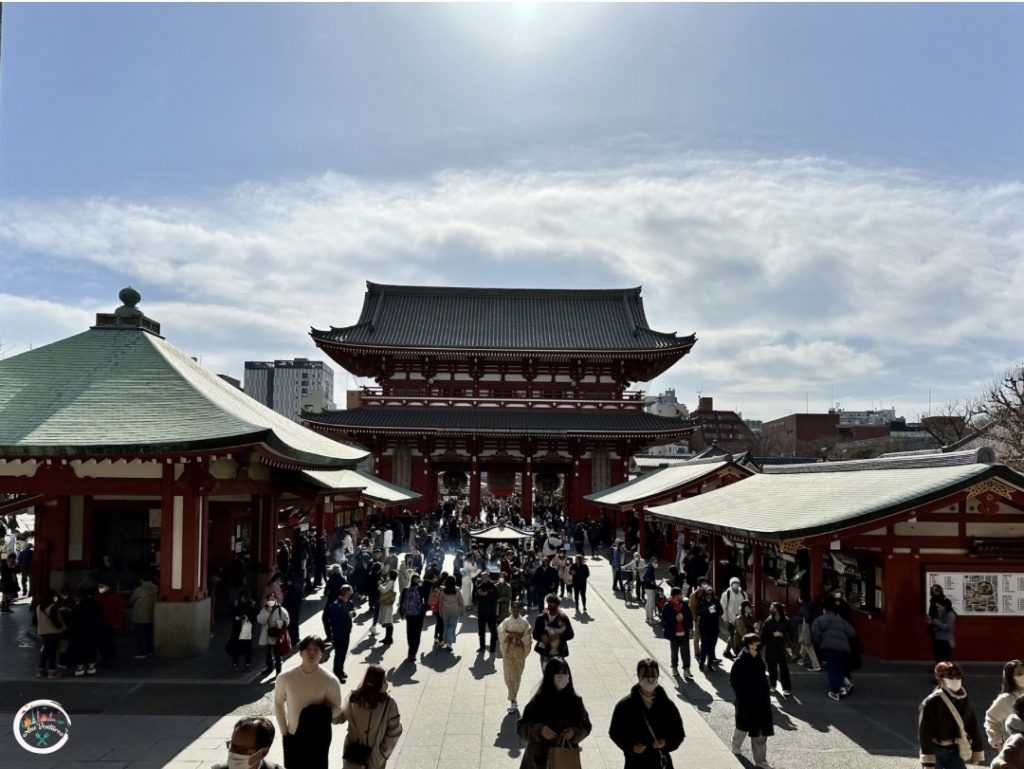
Guests will be able to recognize Sensoji Temple theough its enormous vivid red gate, the Asakusa Shinto shrine and five-story pagoda structure. It’s constantly abuzz with activity, including the Tokyo’s largest and most popular festival, Sanja Matsuri. Along with the whole Asakusa, this temple is a place where you can get the feel of old Tokyo.
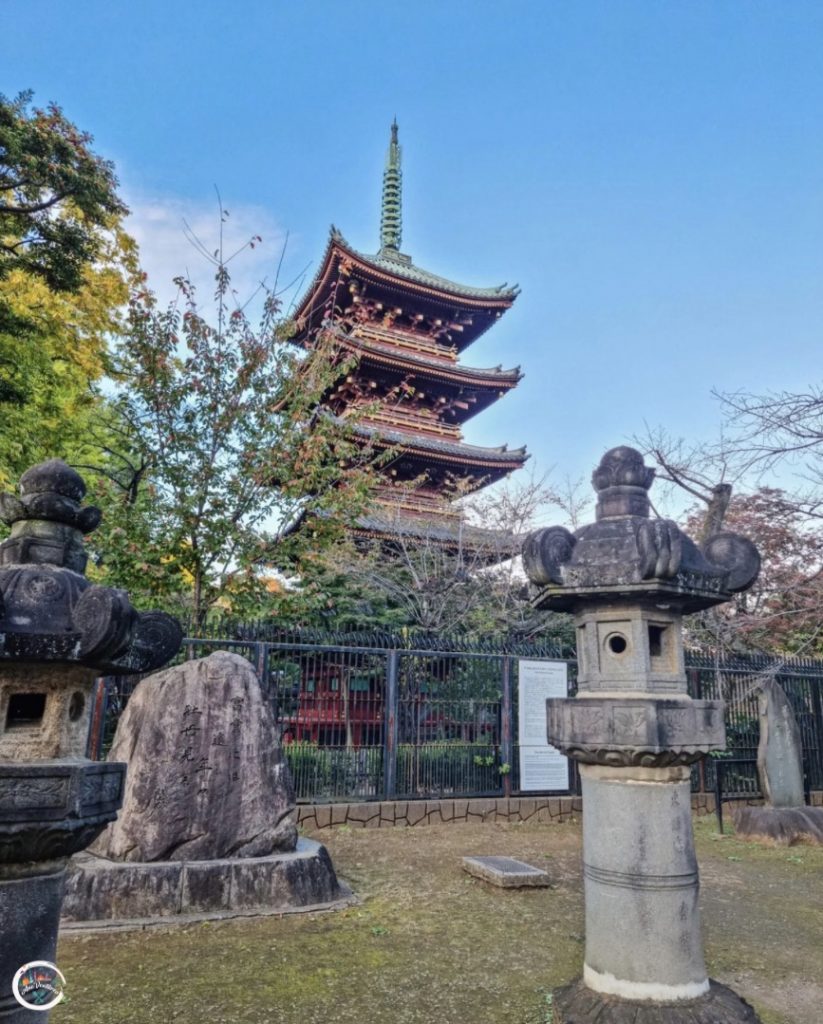
When you happen to be at Ueno Park, don’t forget to visit Ueno Toshogu Shrine. It is a significant cultural and spiritual site that dates back to 1627, when it was created to enshrine Tokugawa Ieyasu, founder of the Tokugawa Shogunate. This massive, elaborate temple is richly decorated with gold and even carries the nickname, “Shrine of Gold” as a result. It served as an example of an architectural style representative of the Edo period.
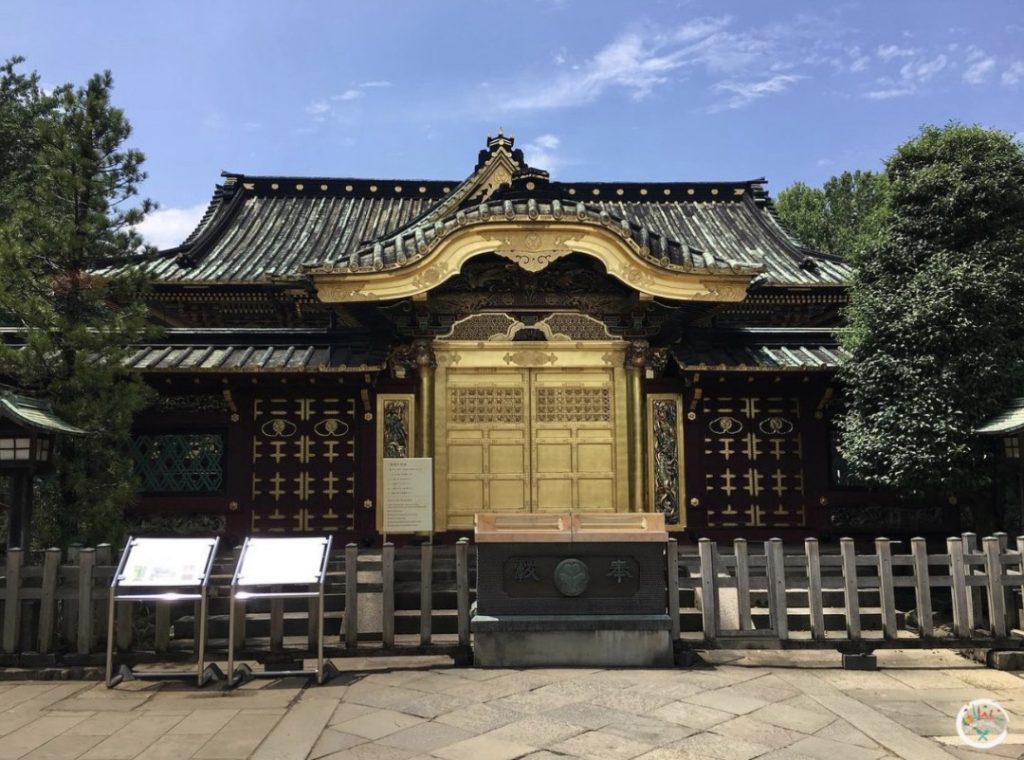
The main building of the shrine is a honden, a complex Shinto shrine structure in which the worship hall, the offertory hall and the main hall are all interconnected under the same roof. The pillars of the gate are decorated with two carved dragons, known as Noboriryu and Kudariryu. According to the legend, every night the two dragons go to the nearby pond to drink from its water.
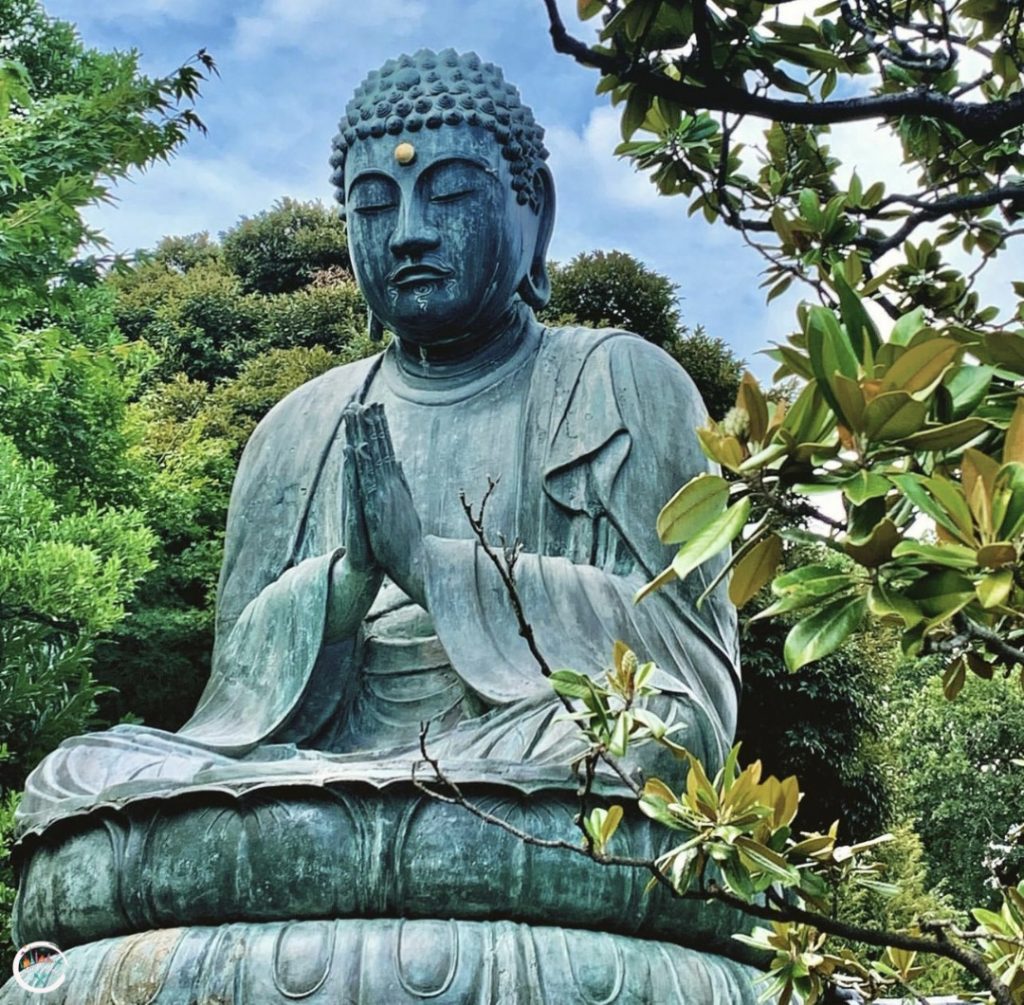
Tennoji Temple also offers a picturesque scene because of the strangely attractive wooded cemetery that surrounds it. The 800-year old temple and its beautifully landscaped garden are enclosed by an intricate wall and a giant gate of modern design. The centrepiece is a huge, bronze, seated statue of Buddha. Tennoji Temple is home to one of the famous Yanaka Seven Gods of Fortune, the god Bishamonten.
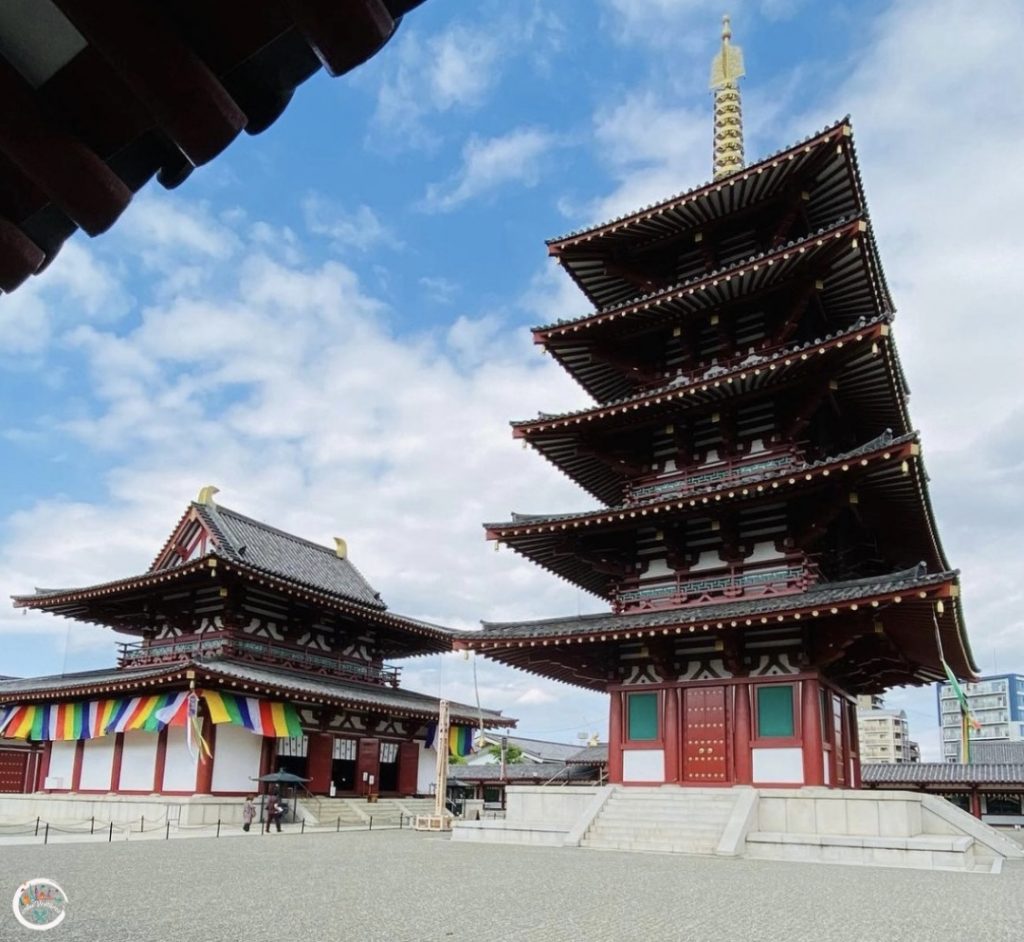
Tennoji Temple used to host a massive lottery. In the Edo Period, several temples, including this one, were permitted by the government to hold lotteries for the purpose of fundraising. The government just decided to end it after more than a hundred years of operation. What a ironic history this temple holds! Today, it’s the height of natural meditative tranquillity. It’s just 30 minutes east of the city center.
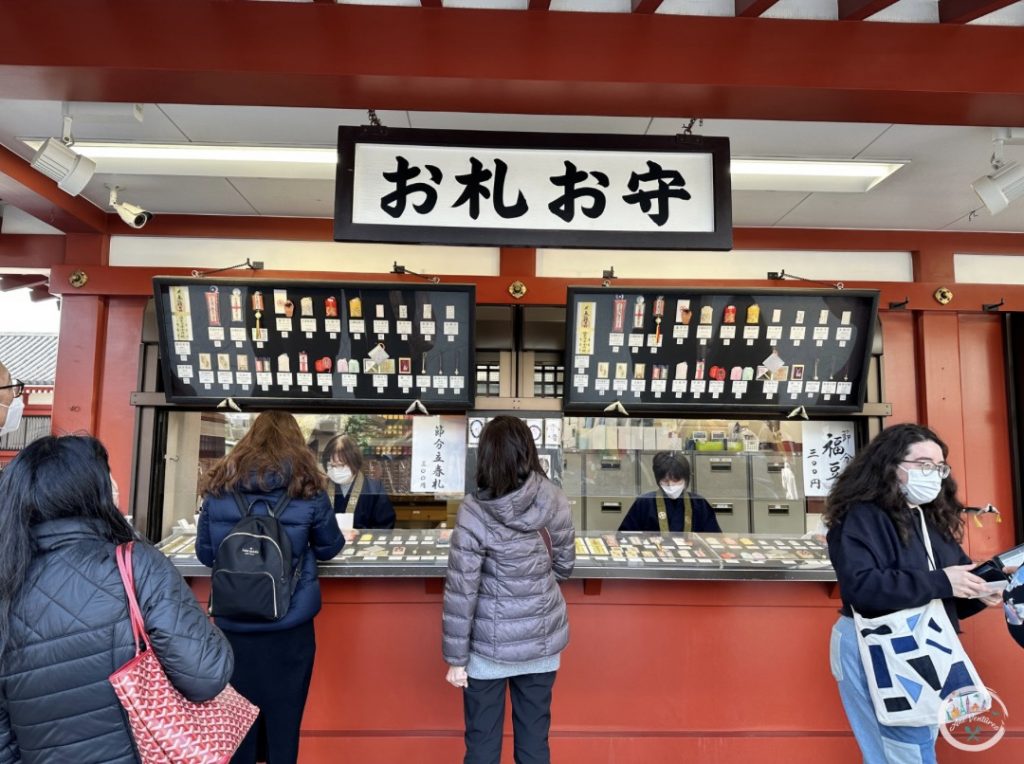
In all three temples, I noticed that amulet stores can not be absent. I actually thought that they were food stalls at first because of the colorful menu. Locally known as omamori, the amulet is the Japanese good luck charm for protection. It contains prayers written on paper and sealed inside small pouches. Ideally, the owner has to carry it with them in order to both protect against bad luck and usher in the good.
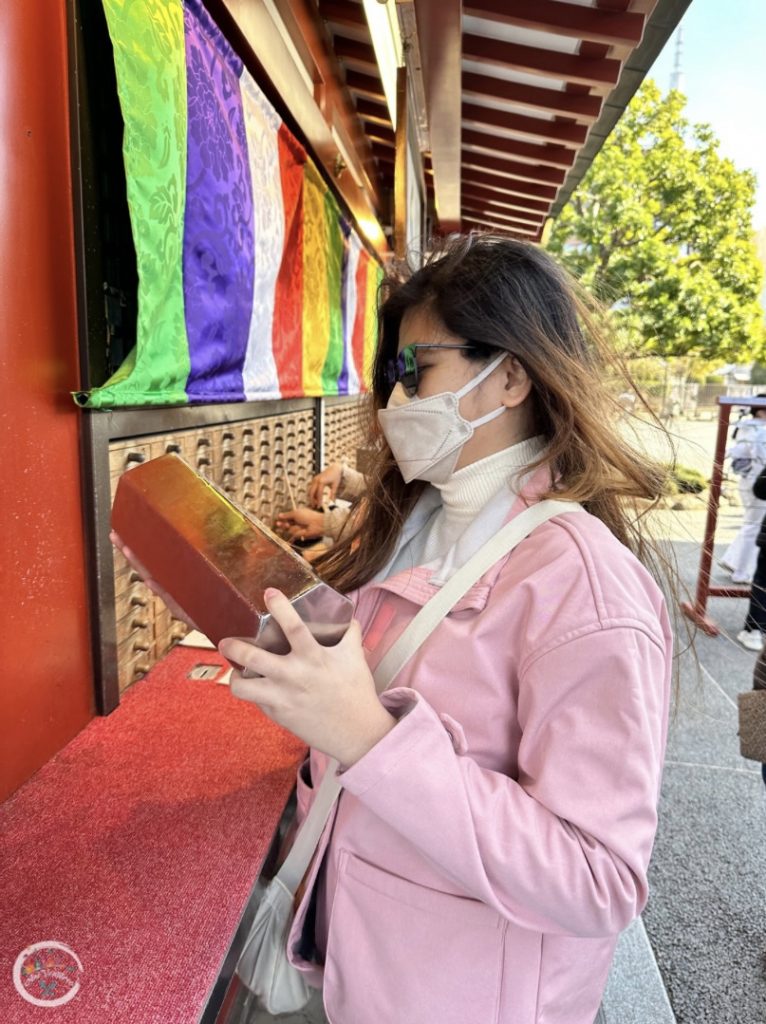
Each temple has different ways of offering omikuji, the Japanese lottery poetry. These are fortunes written on strips of paper, which are randomly picked from a box. It requires a small offering before we could get the omikuji destined for us. I tried my luck in Sensoji Temple and my fortune stated that I will be successful in life if I work hard. Okay, that’s kinda obvious.
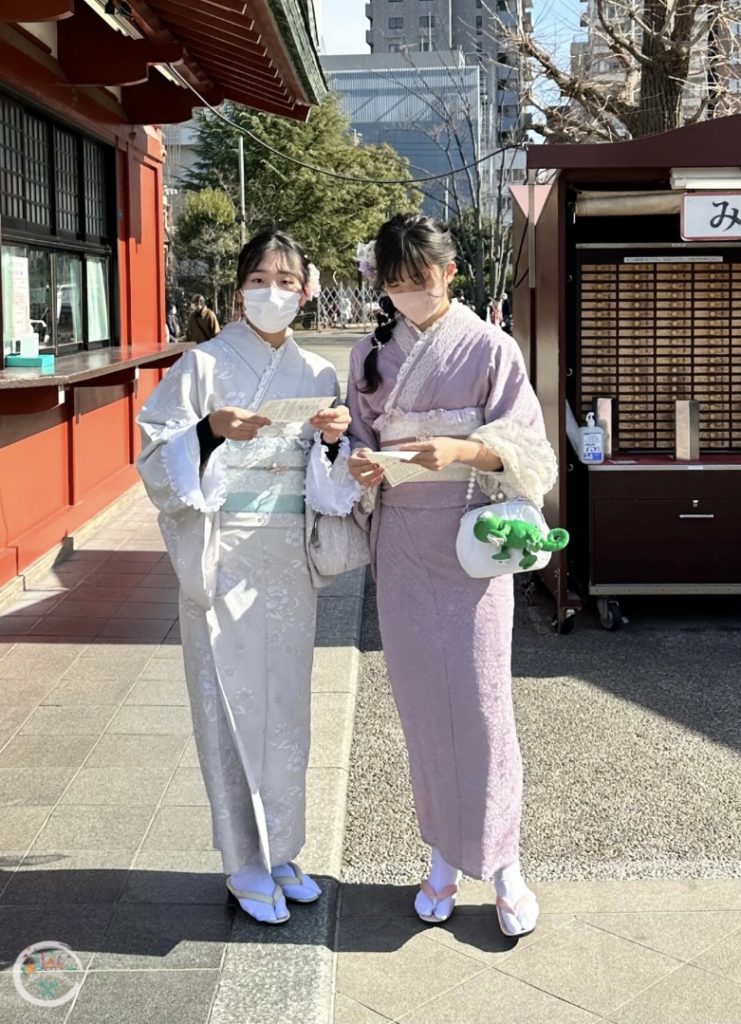
These temples are some of the best venues to dress up like Japanese as I saw some tourists and locals in kimono. I learned that there are kimono rentals around so it wouldn’t be hard to create this get-up. It would definitely give you instagram-worthy memories. Besides, gazing up at pagodas and praying at sacred temples while dressed in kimono creates a deeper bond with the Japanese culture.
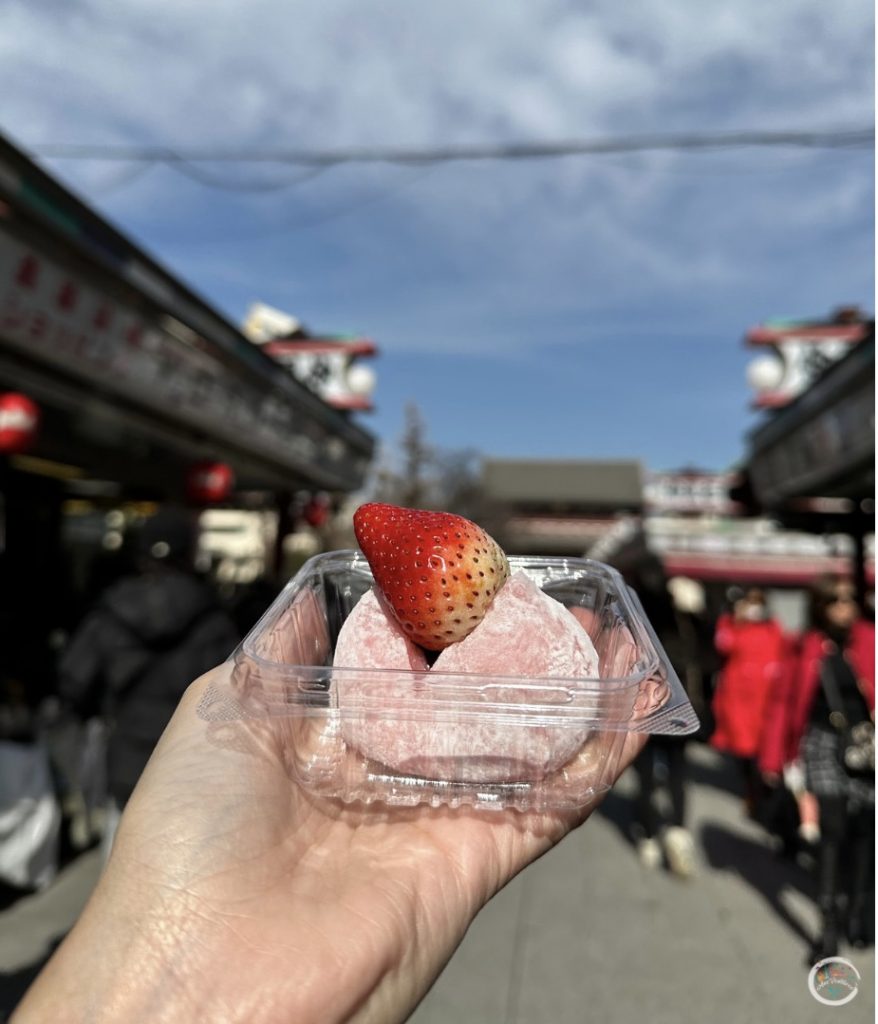
I enjoyed the temple in Asakusa the most because of Nakamise-dori, a shopping street in front of Sensoji Temple that stretches from its outer gate to the temple’s second gate. You know how I love Japanese street food and again, I got to try them and this Ichigo Mochi here! There are even tiny cafe like Tully’s Coffee. We also found some unique stuff and souvenirs like katana, Japanese umbrellas and lucky maneki neko cat statuettes.


